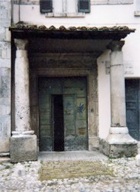

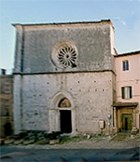
The Augustinian Bishop Orlando of Narni (1261-1303) established a communtiy of friars from is order in Narni in 1266. In 1288, he consecrated their church, which was built on the site of the 11th century chapel of San Pancrazio.
The construction history of the present church is unknown, but its Gothic style suggests that it was built in the 14th century.
Exterior
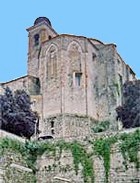
Facade
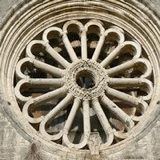
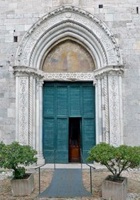
The arms at the base of the rose window are those of Angelo Petrignani, who apparently completed or perhaps restored the façade in 1477. The fine Gothic portal, which has clustered columns and allegorical reliefs, probably belonged to an earlier phase of the church's construction.
Fresco (14th century)
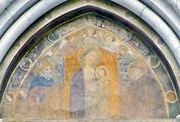
The fresco in the lunette above the portal, which depicts the Madonna and Child with St Augustine and another Augustinian saint, was probably the work of a Sienese artist.
Interior
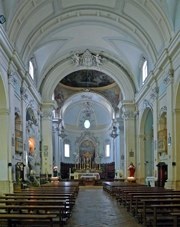
The interior was extensively remodelled in the period 1747-52, although it retains its original terracotta pavement. [Gothic remnants in Cappella Cansacchi - last chapel on the right ???]
Trinity with saints (17th century)
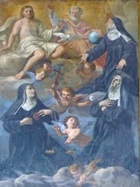
Immaculate Virgin with saints (17th century)
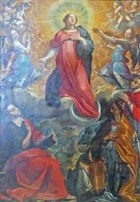
Frescoes (1746-50)
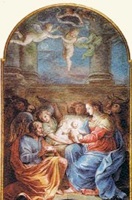
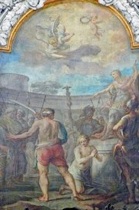
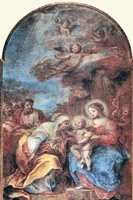
These frescoes by Francesco Appiani depict:
-
✴three frescoes in the apse:
-
•the Nativity;
-
•the martyrdom of St Pancras; and
-
•the Holy Family with St Anne (dated 1750); and
-
✴St Augustine in glory, in the vault, signed by Francesco Appiani and dated 1746.
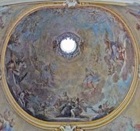
Sacristy
A door in the apse to the right of the high altar leads to the sacristy, which still retains its Gothic vaults.
Frescoes (14th century)
[A number of frescoes that emerged during recent restoration include:
-
✴four sinopie, one of which represents an Augustinian friar contemplating the Tree of Life; and
-
✴a fragment of a Crucifixion with the Virgin and (presumably) St John the Evangelist.]
Cloister (1492)
